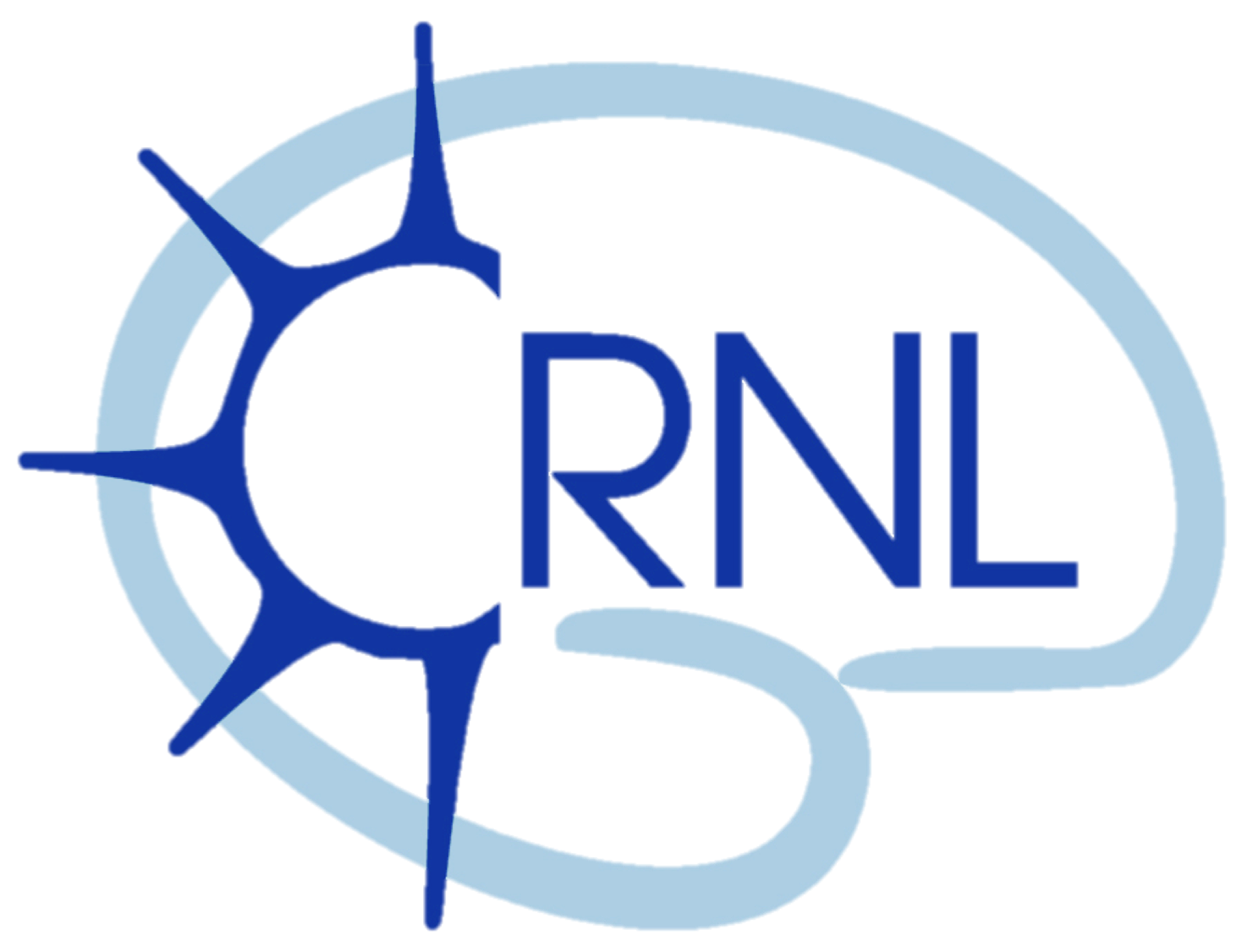Building a prognostic tool for disorders of consciousness: protocol for a multimodal imaging study (IMAGINA study)
Résumé
Background: In the last decades, advances in Intensive Care Unit management have led to decreased mortality. However, significant morbidity remains as patients survive after a lesional coma with uncertain quality of awakening and high risk of functional disability. Predicting this level of recovery but also the functional disability of those who will awake constitutes a major challenge for medical, ethical and social perspectives. Among the huge heterogeneity of coma-related injuries, recognising the universality of a common functional pattern which may be focused on a final step of an integrated network would be of great interest for our understanding of disorders of consciousness. The objective of this study is to investigate the neural correlates of arousal and awareness in coma and post-coma to build a prognostic tool based on the detection of a common pattern between patients with a favourable versus an unfavourable outcome.
Method/Design We will implement this objective in a translational approach which combines PET-MR imaging, neurophysiology, behavioural/clinical assessments and innovative statistical and computational analysis tools in patients with disorders of consciousness in Intensive Care Unit and in Rehabilitation Department.
| Origine | Fichiers produits par l'(les) auteur(s) |
|---|

